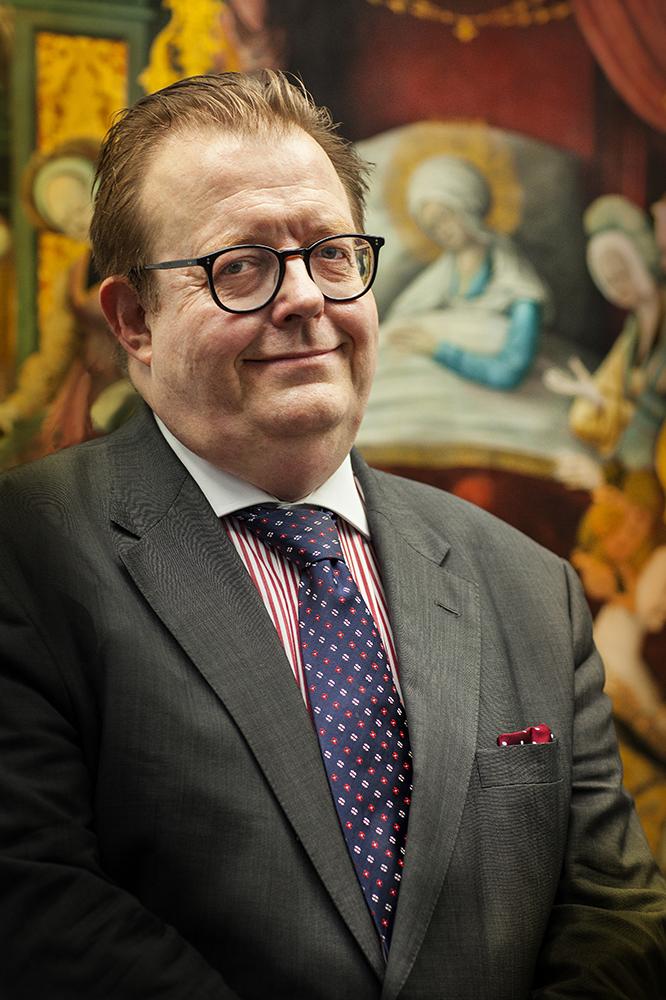Flemish primitives in the Spotlight

"Bruges is an exceptionally beautiful city," says Mr Borchert. "What’s more, it is also a wonderfully liveable place, partly because of the clever and careful way in which the city has been able to mix her medieval character with a modern ambiance. As early as the 13th century, the concentration of wealthy citizens enabled Bruges to become the commercial heart of North-western Europe. In the 15th century, the Burgundian authorities took successful structural measures, which resulted in an increase of the population and had a positive effect on the city’s further development. Just as importantly, Bruges was spared the many ravages of the so-called Iconoclastic Fury, which caused so much damage in other cities. That spirit of respect and tolerance still pervades the city today. I must say it is a great joy to be here. The countless locals and visitors will surely fully agree with me."

"Nearly every day I go and greet two masterpieces: Hans Memling’s Madonna and Maarten van Nieuwenhove at the Saint John’s Hospital and Jan van Eyck’s Madonna with Canon Joris van der Paele at the Groeninge Museum. I am not saying that I discover something new every time I look at them, but my curiosity and my pleasure remain as great as ever. And I still try and find out new things about them. They just continue to fascinate me!
"I sometimes wonder why people from all corners of the world have always found the Flemish primitives so absorbing. The answer perhaps lies in the fact that for the very first time in art history we are confronted with recognisable people and familiar objects that correspond to today’s reality. The Flemish primitives laid the foundation of an artistic concept that in its realism is perfectly recognisable and therefore understandable to a modern-day observer. The Flemish primitives discovered the individual. Quite a feat.
"Those Flemish painters were also dab hands at solving the problems. They explored space in an incredibly skilful and sophisticated way, for example by placing a mirror somewhere in the room. In Memling’s diptych, a round mirror on the left-hand side behind the Madonna reflects the interior she is sitting in. In it, her own portrait is painted just a whisker away from the silhouette of the patrician Maarten van Nieuwenhove, Memling’s patron. Truly magnificent. Are these works of art still capable of moving me? Absolutely. For pure emotion a painter like Rogier van der Weyden touches me more deeply than Jan van Eyck. The works of van Eyck or Memling impress me more with their intellectual and conceptual qualities. Van der Weyden and van Eyck: it is worth visiting the treasure houses of Bruges, even if only for the pleasure of enjoying these two opposite ends of the artistic spectrum."
No art lover visiting Belgium should miss the Bruges Museums: with masterpieces by Jan van Eyck, Hans Memling, Hugo van der Goes and Gerard David, the Groeninge Museum and the historic Sint-Janshospitaal comprise a reference collection of Primitive paintings, that is unrivalled anywhere in the world.




